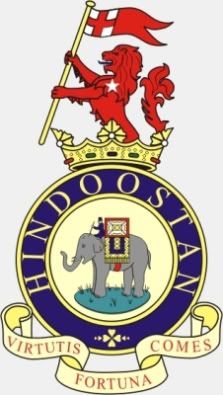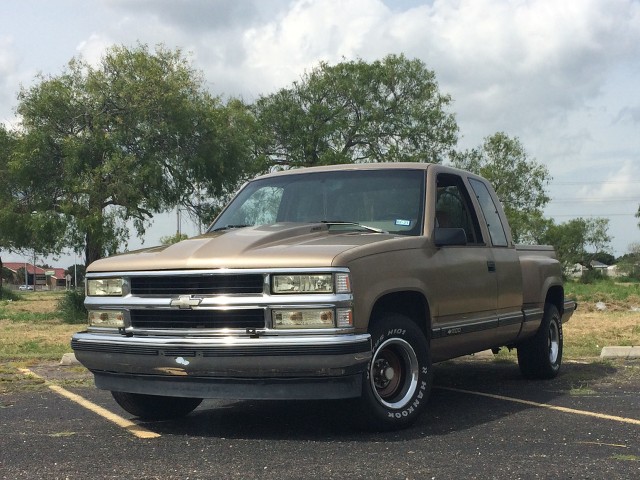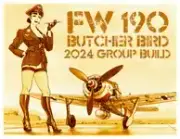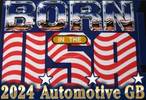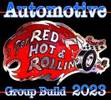Post by mshackleton on Sept 7, 2012 14:38:31 GMT -5
PART 3
This carries on from Part 1 here:
modelerssocialclub.proboards.com/thread/3428/meng-tortoise-build-blog-1
and Part 2 here:
modelerssocialclub.proboards.com/thread/3429/meng-tortoise-build-blog-2
Smudge has kindly uploaded the instructions which can be found at the end of Part 2.
The glacis plate is now in place and, as you can see, it presents us with another problem of a joint line across a cast structure. The only way to deal with this one will be to use a filler like Mr. Surfacer.

The same problem occurs on the rear plate of the superstructure.

However, the mould seams I mentioned in Part 2 on the superstructure are easily cleaned up with a fresh sharp curved blade.

Before the superstructure top can be fixed to the lower hull. The main gun ball mount has to be fitted from the inside. Also, the driver has five tiny periscopes that have to be pushed through from underneath. I have to admit that these tried my patience because, at first, they just didn’t want to go in, mainly because of my clunky fingers . The hole for the forward facing one had to be enlarged as that periscope wouldn’t fit at all.
. The hole for the forward facing one had to be enlarged as that periscope wouldn’t fit at all.
The hull top is a very tight fit mainly because of these right-angled ribs on the trackguards. I removed the front edges and the superstructure then fitted much more easily, though still positively.

It is at this point that I started to follow the instructions! Various fittings have been added to the glacis and roof, including the commander’s cupola which has more of those pesky periscopes. The complete cupola can be made to rotate and the hatch opens, but there is an ejector mark inside.


The biggest fittings are the main gun and the Besa machine gun mount.

Both of these are on gimbal mounts and can elevate and traverse. The Besa would be better if the muzzle was drilled out or replaced with a brass after-market item.
The periscopes on the roof above the Besa can be made to rotate. A lot of features in this kit are a little gimmicky, but the engineering to make them so has to be applauded - mostly.
These particular (pesky) periscopes didn't want to slide in properly, so I had to cut a milimetre off their bottom edges to make them fit. I'm not happy with the way the top plates sit but that is down to my modelling I think. i'll revisit those to make sit more comfortably.
Tracks. Last time I mentioned that I don’t like building what cannot be seen, and that I also prefer to paint tracks separately before fitting. Here’s my solution. For each side I built up two lengths of links - 22 for the forward section and 13 for the rear section. The entire lengths were built after all the links had been cleaned up. The links are fairly large so they are easy to handle. They are not workable and don’t have any kind of click system - they just slide in one next to the other. The top run cannot be seen so there is no need to build it.
Using liquid cement, glue three or four links together at a time and build up the lengths. When complete and before the glue has set, wrap the track around the sprocket and let itself form the shape under the bottom run. Do the same with the rear section.
Here are the sections with tape markers around them identifying where they go so they don’t get mixed up.

Here are the tracks in place, held in place temporarily with tape.


Here is my attempt at filling and cleaning up the joints I mentioned above. First the nose …

… and the back plate on the superstructure.

I can see here in the photo that the weld lines at the top still need some work. The result of this filling won’t be known, of course, until some paint goes on.
Not far to go now.
Finally Part 4 can be found here:
modelerssocialclub.proboards.com/thread/3453/meng-tortoise-build-blog-4
This carries on from Part 1 here:
modelerssocialclub.proboards.com/thread/3428/meng-tortoise-build-blog-1
and Part 2 here:
modelerssocialclub.proboards.com/thread/3429/meng-tortoise-build-blog-2
Smudge has kindly uploaded the instructions which can be found at the end of Part 2.
The glacis plate is now in place and, as you can see, it presents us with another problem of a joint line across a cast structure. The only way to deal with this one will be to use a filler like Mr. Surfacer.

The same problem occurs on the rear plate of the superstructure.

However, the mould seams I mentioned in Part 2 on the superstructure are easily cleaned up with a fresh sharp curved blade.

Before the superstructure top can be fixed to the lower hull. The main gun ball mount has to be fitted from the inside. Also, the driver has five tiny periscopes that have to be pushed through from underneath. I have to admit that these tried my patience because, at first, they just didn’t want to go in, mainly because of my clunky fingers
 . The hole for the forward facing one had to be enlarged as that periscope wouldn’t fit at all.
. The hole for the forward facing one had to be enlarged as that periscope wouldn’t fit at all. The hull top is a very tight fit mainly because of these right-angled ribs on the trackguards. I removed the front edges and the superstructure then fitted much more easily, though still positively.

It is at this point that I started to follow the instructions! Various fittings have been added to the glacis and roof, including the commander’s cupola which has more of those pesky periscopes. The complete cupola can be made to rotate and the hatch opens, but there is an ejector mark inside.


The biggest fittings are the main gun and the Besa machine gun mount.

Both of these are on gimbal mounts and can elevate and traverse. The Besa would be better if the muzzle was drilled out or replaced with a brass after-market item.
The periscopes on the roof above the Besa can be made to rotate. A lot of features in this kit are a little gimmicky, but the engineering to make them so has to be applauded - mostly.
These particular (pesky) periscopes didn't want to slide in properly, so I had to cut a milimetre off their bottom edges to make them fit. I'm not happy with the way the top plates sit but that is down to my modelling I think. i'll revisit those to make sit more comfortably.
Tracks. Last time I mentioned that I don’t like building what cannot be seen, and that I also prefer to paint tracks separately before fitting. Here’s my solution. For each side I built up two lengths of links - 22 for the forward section and 13 for the rear section. The entire lengths were built after all the links had been cleaned up. The links are fairly large so they are easy to handle. They are not workable and don’t have any kind of click system - they just slide in one next to the other. The top run cannot be seen so there is no need to build it.
Using liquid cement, glue three or four links together at a time and build up the lengths. When complete and before the glue has set, wrap the track around the sprocket and let itself form the shape under the bottom run. Do the same with the rear section.
Here are the sections with tape markers around them identifying where they go so they don’t get mixed up.

Here are the tracks in place, held in place temporarily with tape.


Here is my attempt at filling and cleaning up the joints I mentioned above. First the nose …

… and the back plate on the superstructure.

I can see here in the photo that the weld lines at the top still need some work. The result of this filling won’t be known, of course, until some paint goes on.
Not far to go now.
Finally Part 4 can be found here:
modelerssocialclub.proboards.com/thread/3453/meng-tortoise-build-blog-4
















